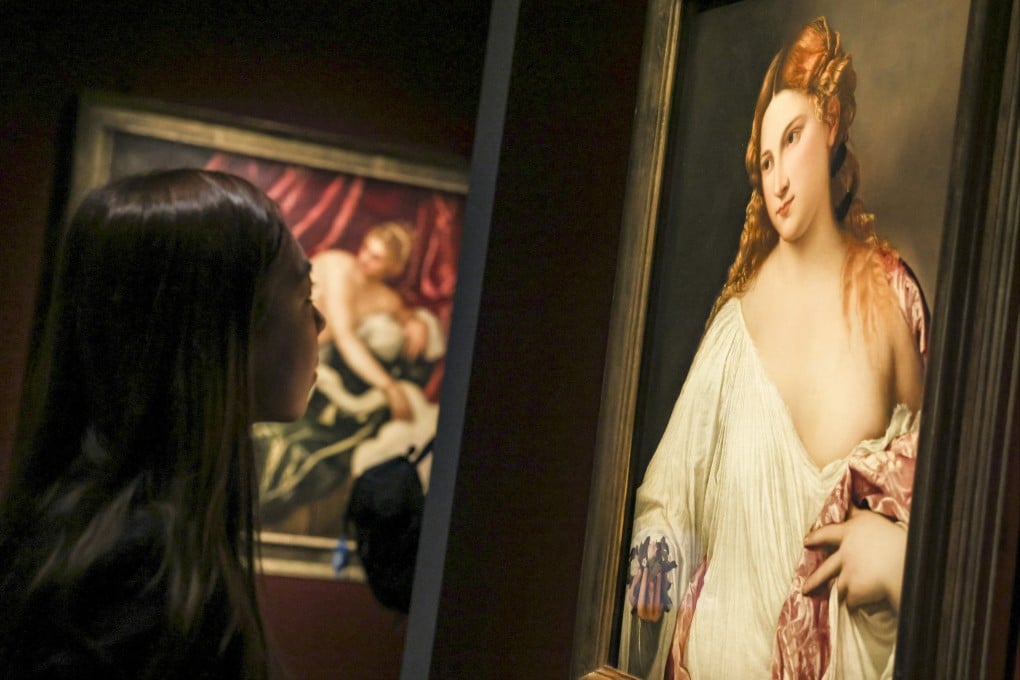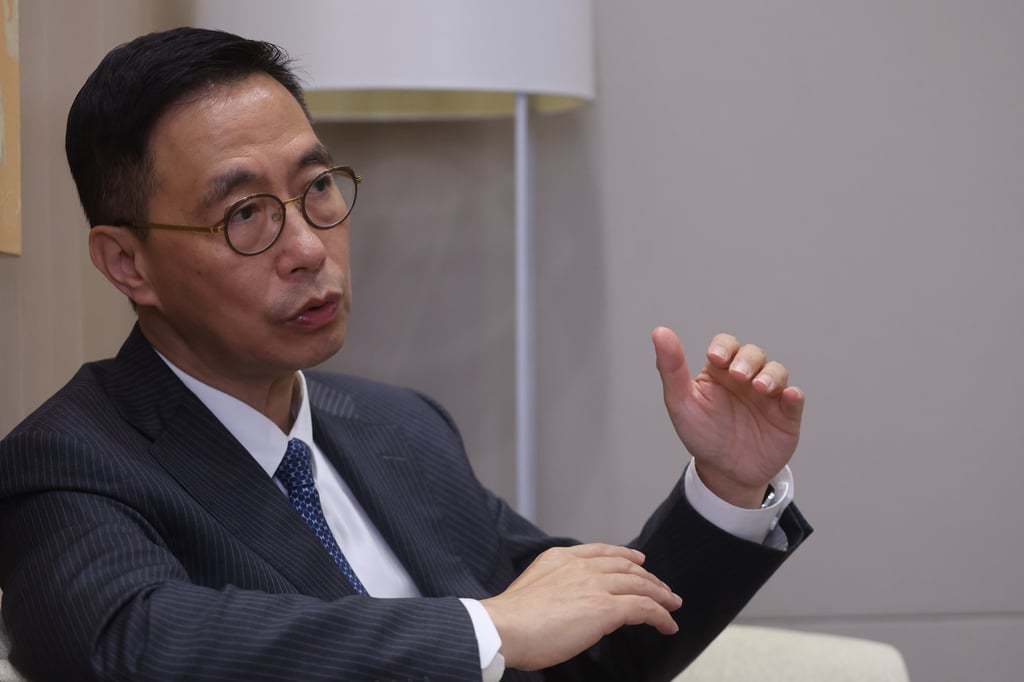Will Hong Kong’s plan to showcase national achievements push Science Museum from prime spot and shut Heritage Museum?
- Culture minister Kevin Yeung earlier stressed relocating Science Museum was just one option, but idea has sparked concerns
- Popular Science Museum has been in Tsim Sha Tsui for 32 years, drew over a million visitors in 2022-23

A recent Hong Kong government proposal that could affect two museums has sparked controversy as the Science Museum would have to give up its prime spot in Tsim Sha Tsui, while the Heritage Museum’s future would be uncertain.
The reason for the shake-up? A new museum celebrating national achievements is in the works.
National security, aerospace technology and Hong Kong-specific content are also expected to be showcased there.
The new museum will take over the Science Museum’s premises in bustling Tsim Sha Tsui under the proposal, and it would move to the Sha Tin space of the Heritage Museum.

The city’s culture minister Kevin Yeung Yun-hung earlier stressed that the shake-up was just an option as he explored the availability of other sites with the Development Bureau.